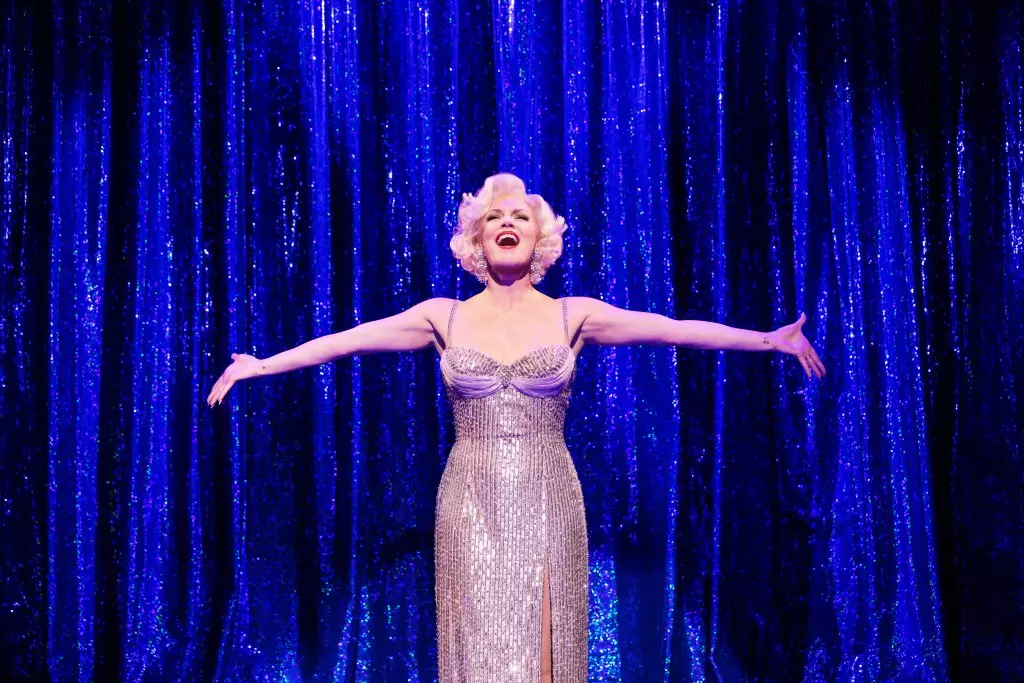Broadway has long been a symbol of the cultural vibrancy of New York City, an arena where passion, talent, and innovation collide to create unforgettable experiences. Recently, several shows have achieved notable box office gains, signaling a moment of optimism amid a tumultuous industry landscape. However, it is essential to examine the deeper implications of these numbers, as they reflect both the high stakes and precarious nature of theater today.
The Illusion of Success
Take “Smash,” for example—a musical that evolved from a television concept and came racing back to the stage. While it celebrated a staggering jump in its gross, rising nearly $401,499 to $977,805, the reality reveals a facade. With an occupancy rate of only 84%, it demonstrates that a dollar amount doesn’t always equate to true success. Audiences flock to what they perceive as the event of the moment; but how sustainable is this trend when only a fraction of the seats are filled? This situation typifies a broader dilemma on Broadway, where inflated grosses can mask declining genuine interest in the arts.
Similarly, “Floyd Collins” and “The Last Five Years” recorded commendable surges in box office revenue, but even these high notes reflect a deeper instability. The shows are exhibiting performances that keep the theatergoers interested, yet the figures hint at fleeting interest rather than enduring loyalty. With each ticket sold, one must ask whether audiences are genuinely enthralled or merely eager to say they experienced something in vogue.
Short-Lived Triumphs in the Spotlight
Broadway’s current slate includes performers that experience a quick rise and then fade into obscurity. “Dead Outlaw” and “Real Women Have Curves,” while they did report income increases, struggled with attendance levels that hovered below the optimum. This presents a striking irony: while gross numbers can ascend, the enthusiasm for attending old or niche productions declines sharply.
Such trends make one question the role of seasonality and the fickleness of audience attendance. Are theatergoers more invested in waiting for the next big hit instead of supporting smaller, yet artistically rich productions? The current Broadway model must change; it cannot thrive solely on blockbusters or high-profile talent. The industry needs innovators, both in storytelling and in marketing, who can establish and maintain deep connections with audiences.
Quantity Over Quality? Exploring Audience Trends
One of the most telling ads of Broadway’s reality is its increasing reliance on familiar properties and recognized names. Productions like “Hamilton” and “Wicked” continue to attract massive key audience numbers, with both shows surpassing the $2 million mark. In contrast, smaller productions struggle to hold the public’s attention, achieving paltry percentages of audience engagement. This paradigm encourages a sense of complacency, and theater companies may find more comfort in safe investments rather than promoting diverse, groundbreaking work.
It raises an undeniable point about the power dynamics at play—a beacon of light that highlights how Broadway’s overwhelming success can hide the declining support for innovative and compelling storytelling. If substantive narratives are about to be sidelined, we may face the prospect of a homogenized theater landscape, bereft of the rich tapestry that has historically defined Broadway.
The Future: A Fork in the Road
As the industry grapples with these shifts, it stands on the precipice of change. The recent uptick in overall box office numbers—overall gross rising by 10% over the previous week—offers a fleeting sign of good fortune, but it’s crucial for producers to remember that they are not immune to shifts in audience sentiment. If confidence falters under the weight of complacency, we might witness a dramatic downturn akin to the economic fluctuations of past years.
Broadway is evolving, yes, but whether that evolution leads to reinvigorated creativity or the saturated market of familiar beats remains a pressing question. Only time will tell if these current flashes of brilliance can bloom into a sustainable future, or if they will vanish like yesterday’s news, leaving the industry longing for resurgence.

